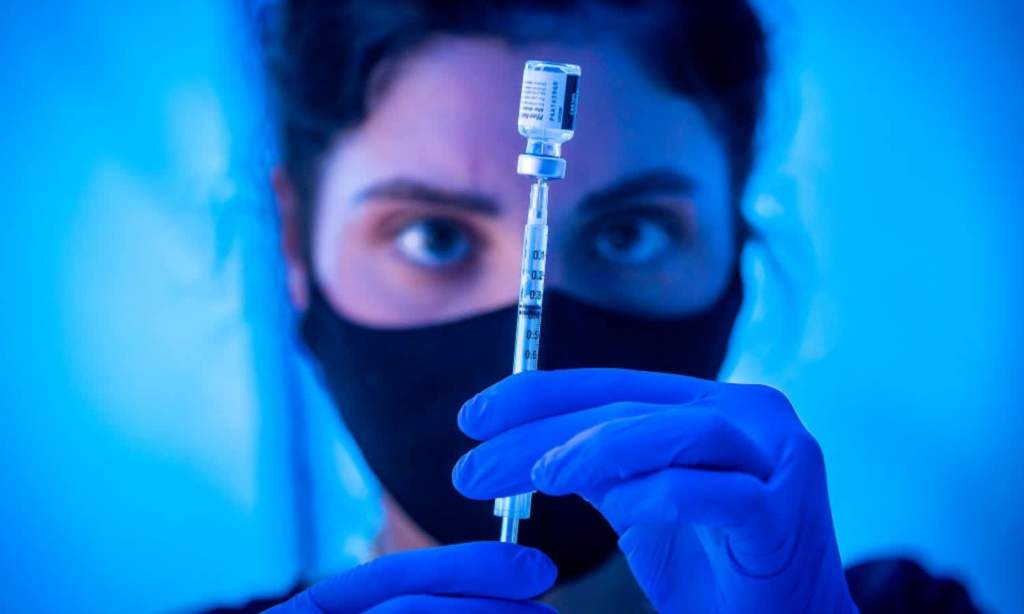It seems the original $1.4 billion cost of the vaccine delay was very optimistic. To be fair, the original report and estimate did not take into account the announcement that AstraZeneca is no longer being recommended for those under 50.
And with that announcement, comes longer delays and larger costs. Much, much larger costs.
According to Richard Holden, a professor of economics at the University of New South Wales, the economic cost of Australia’s drawn-out vaccine rollout is estimated to be “in the tens of billions of dollars range”.
Talking to The Age, chief economist of Blueprint Institute think tank, Steven Hamilton, also estimates the cost to be “tens of billions” of dollars. His reasoning is that the slower rollout increases the risk of further outbreaks — which then saps both business and consumer confidence. On top of that, it delays border openings, which hurts the international education and tourism sectors.
Original: Monday, April 12
There’s no ifs or buts about it. The COVID-19 vaccine rollout has not gone to plan. One could probably describe the roll-out as a “disordered and mismanaged situation”.
Just under two months ago, Pfizer arrived in our country, shortly followed by AstraZeneca. We were given an estimated completion date of October for receiving our vaccinations; AstraZeneca was going to be the vaccine most of us were likely to receive.
Just under one month ago, AstraZeneca vaccines were being blocked from entering Australia by European countries. Then, reports of the blood clots started.
One week ago, news came out that we’d undershot our vaccine target by a cool 3.4 million shots. And now? Even though Prime Minister Scott Morrison has managed to secure another 20 million Pfizer doses — after announcing earlier that day that that would be the vaccine most people under 50 would receive — all targets for the vaccine rollout in Australia have been abandoned.
On Sunday evening the Prime Minister posted on his Facebook page that “The Government has also not set, nor has any plans to set any new targets for completing first doses. While we would like to see these doses completed before the end of the year, it is not possible to set such targets given the many uncertainties involved.”
And this morning, new modelling by the McKell Institute has shown us just what impact this delay will have on us — economically at least.
According to a press release, it’s “likely to exceed $1.4 billion” — and, uh, that’s the most optimistic of scenarios.
The release claims that we, as a country, were originally set to reach “the earliest possible measure of herd immunity by August 2021” — that’s 65% vaccination rate. Now, with the date blown way out, there’s an increase of further lockouts and restrictions, according to the release — and the economic costs that come with them.
Executive director of McKell Institute, Michael Buckland, says “It’s vital we are clear-sighted about the cost and impact of a governments action or inaction. The government [should] embrace the publication of clear information about the economic impact of its vaccination rollout program.”
Read more stories from The Latch and subscribe to our email newsletter.







